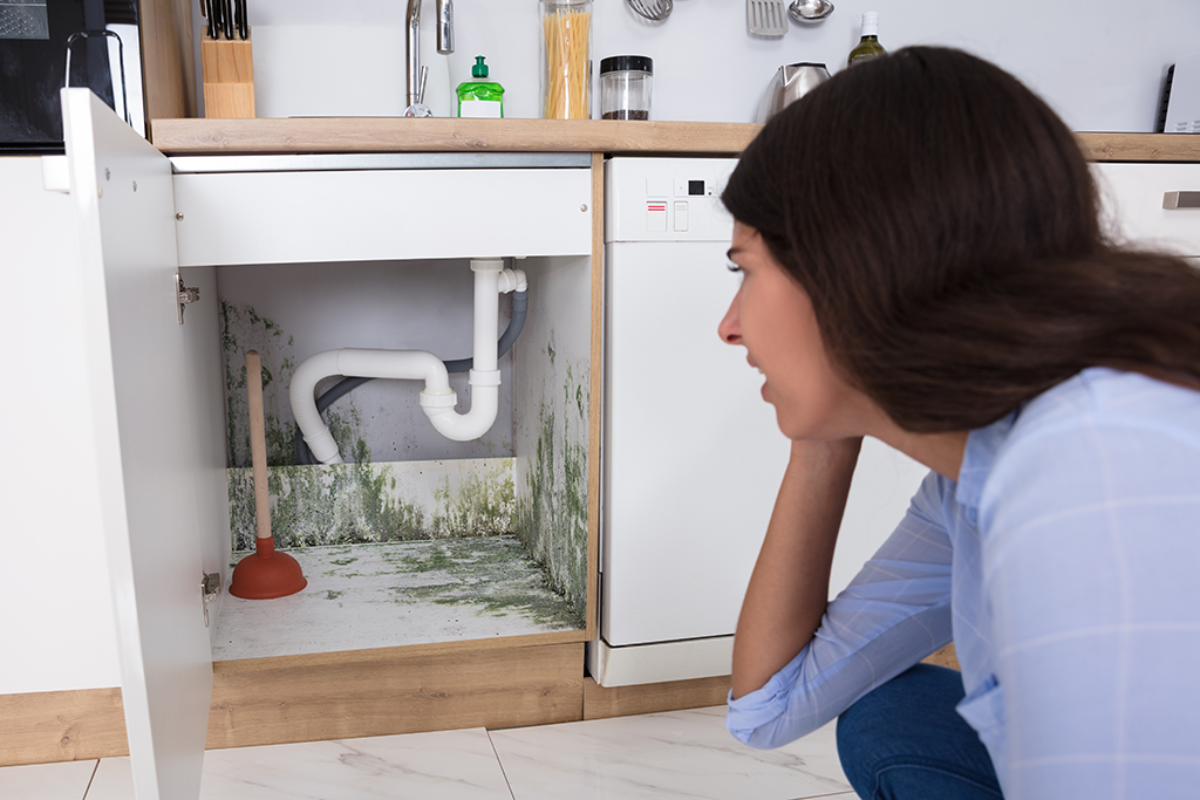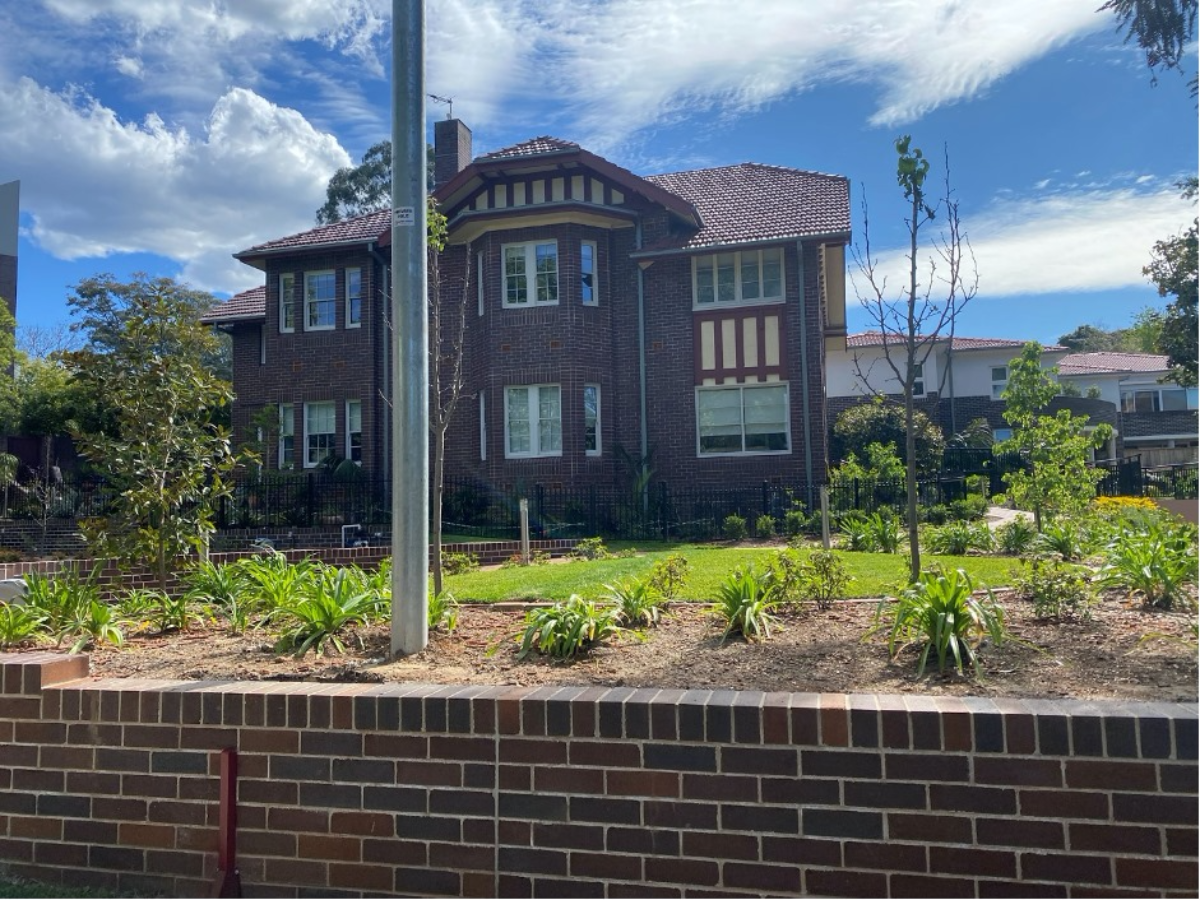
- May 28, 2021
- Effective Building
- 0
There are still more months before the days will get colder in Sydney, and your house will be more susceptible to mould growth. However, we don’t need to wait for that time to happen, so let’s prevent it as early as possible.
8 Facts You Need to Know About Mould Growth
What Are the Causes of Mould Growth?
Mould growth is caused by either building defects, which wets building elements, or by condensation. Mould growth also develops on walls, furnishing, and clothes once dampness is present for a certain time.
How Do Moulds Grow? What Are Its Risks?
Mould growth needs three conditions to grow (infection, nourishment, and a damp environment), and these will be present in a dwelling once a damp environment is established for a specific time. Therefore, it’s considered by some that the mould presence within buildings can contribute to severe health risks.
Toxic moulds can cause a range of symptoms, including headaches and a wide range of rashes and skin lesions. The areas where mould is located need to be treated using a suitable fungicidal wash.
However, this is a temporary cosmetic solution and the cause of mould appearance, the damp environment, needs to be dealt with before redecorating. Moreover, a damp environment can also cause rot in timber.
Condensation occurs when warm moist air meets the cold surface. It’s more likely to occur in the cold season because windows are opened less, hence trapping the moist air.
Condensation is caused by the combination of poor ventilation, unheated and poorly insulated rooms, excessive moisture in the air (gas heaters and drying clothes indoors), and excessive moisture on the building element (defects in the building and flashings).
What Are the Myths of Mould Growth?
There are many misconceptions about mould and how it grows. Unfortunately, these myths can lead to additional problems in the home if you ignore them.
One of the greatest myths is that mould only grows on organic surfaces like wood, paper, and fabric.
Mould will grow on any surface, even flat, smooth surfaces like glass. Even steel is susceptible to mould. This means no area of your home is 100% safe. As long as there are present spores, always in the air, and moisture, mould can grow.
If mould spores are always present, how do you control them? Through proper ventilation.
How Air Movement and Moisture Impacts Mould Growth?
For Sydney homeowners, all the necessary things mould needs to grow are present in the house. This includes mould spores, moisture, food sources, and a surface to grow on.
Maintaining the moisture level in your home and ventilating it properly is the only way to control mould growth.
Controlling moisture is done with dehumidifiers and removing leaks, and standing water around the home. Proper ventilation is a little trickier.
Your home may be adequately ventilated with windows and vents in the right places; however, the air might not be moving as well as you think.
How to Do Proper Bathroom Ventilation?
It is a must for bathrooms to install ventilation. The small enclosed space of the bathroom will moistures makes for quick mould growth. Thankfully, vents and fan installation in the bathroom are fairly simple.
The challenge is to make sure that the fan is venting properly.
It’s common for homeowners and some contractors to take a shortcut and vent the bathroom directly into the attic. This pushes a high volume of moisture into a space designed to trap and insulate the home.
If you trap moisture into that space, you’ll have a high volume of mould growth rapidly throughout your insulation, wood, and duct space. Ensure you have bathroom vents and fans enclosed and vent through the attic and straight out the roof.
A bathroom without ventilation is like a fireplace without a chimney. That moisture needs to vent up and entirely out of the home.
How to Do Proper Kitchen Ventilation?
Kitchen air needs to vent to the home’s exterior. If the stove is on an exterior wall, it can be easier to install a vent hood that pushes moist air directly outside. With interior kitchens, stoves built into inner walls, it will be easier to vent to the roof.
Just like the bathroom, you want those fans or vent hoods to push the moist air, smells, and food particles up and out rather than into the wall or attic spaces.
You should also choose the right hood for your appliance. This is because most vents filter and recirculate the air. This can also help protect surrounding cabinets but may not be effective in removing potential mould growth.
- For conventional or standard cooking equipment (less than 60,000 Btu for gas or electric cooktops), specific 100 CFM for every foot of width of cooking surface. For example, a 30-inch cooktop requires 250 CFM.
- For high-performance gas cooking equipment (more than 60,000 Btu), use 1 CFm for every 100 Btu. For example, 60,000 Btu requires 600 CFM.
- If the cooktop contains a grill, add 200 CFM to the total required.
- If the hood is rated at more than 300 CFM, the project may require a make-up air damper depending on local codes.
- An oversized blower is considered if the operation is paramount. For example, 300 CFm might be enough for the cook’s needs, but a range hood rated at 400 CFM produces less noise at a lower speed while providing 300 CFM.
- For a quieter operation, opt for a hood model with a remote blower. Finally, choose an HVI-certified hood to ensure that the CFM and sone levels match the manufacturer’s claim.
For ductwork leading through the attic to the house exterior, ensure that the duct is equal to or greater than the size of your good. Add the duct size to improve airflow and maintain 90-degree elbows at least 2 feet apart to prevent air dams.
Gentle duct transitions can also prevent air dams and turbulence that can affect ventilation and can lead to moisture being trapped.
How to Do Proper Attic Ventilation?
Roof ventilation differs depending on the climate, but it’s the same whether or not you’re venting the entire attic or just the roof deck.
For cooler seasons, the purpose of ventilation is to maintain a cold roof temperature. The vent also moves moisture from the conditioned living space into the attic and out of the home.
During warmer months, the ventilation expels solar-heated hot air to lessen the cooling load on your central air condition systems.
Some tips for attic ventilation:
- Make sure that the ductwork is sealed properly, so you’re not venting warm moist air into the attic space.
- Air seal any ceiling penetrations, like recessed lighting.
- If your home has a roof deck from a vaulted ceiling or conditioned attic space, make sure it’s vented.
- Check the good airflow with soffit vents.
How to Keep the Mould Out of the Basement?
Because the location is either partially or fully underground, basements would need good ventilation to deal with the moisture naturally below ground. The unventilated basement is prone to musty odours and mildew from condensation.
Once these are collected, they can form into small puddles that become breeding grounds for more mould spores.
It’s difficult to keep air moving and ventilate the basement properly. Hence, it’s best to focus on keeping the moisture levels down. Dehumidification is a must, and it can be achieved with one or more dehumidifiers.
How Can Effective Building & Consultancy Help With Mould Remedial Action?
Sometimes, even mould growth prevention tips aren’t enough to remove all the mould in your home, especially if these are caused by building defects.
This is when you need to engage a certified building inspector to inspect walls, roofs, balconies, etc., for leaks in waterproofing membrane and flashing. Perhaps, a DPM (damp proof membrane) or DPC (damp proof course) is missing o damaged.
Keep in mind that water entering a leak can penetrate a place, track along the surface, and exit in a remote spot.
Effective Building & Consultancy will also recommend you have your property checked regularly. Our professional building inspectors will check, maintain, and clear gutters, drains, downpipes, and gullies, remove weed and plant growth from the building facades, and carry out regular inspections and repair any damaged downpipes, roofs, and gutters promptly.
For more information about Sydney building inspection, visit our Help Centre.
Suppose you are planning to work on multi-story units. In that case, you may find yourself wondering if you should Read more
Heritage buildings represent the history and culture of a nation. They constitute together the architectural heritage of an area. Heritage Read more
The Australian PlantBank is a remarkable new plant conservation laboratory at The Australian Botanic Garden in Mount Annan. It is Read more





